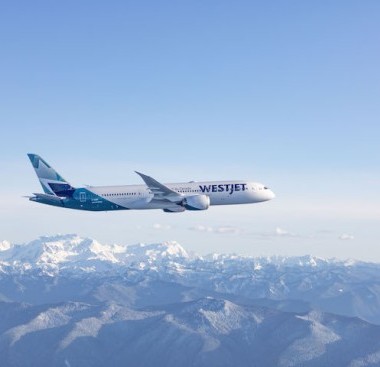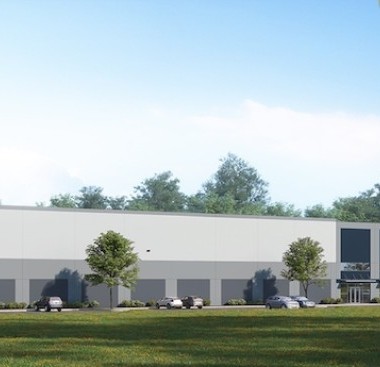Near or far: Latin American trade
Why hasn’t trade in Latin America grown faster? And additionally, where does the United States fit into the process? These aren’t new questions, simply questions that are rolled over like sovereign debt to the next administration or generation to reframe.
Back in November of 2023, the International Monetary Fund (IMF) released an article entitled “How Latin America Can Use Trade to Boost Growth” that began with the opening sentence, “Most countries in Latin America and the Caribbean aren’t fully harnessing the potential of international trade, an important driver of growth for emerging market economies.”
For Latin America capitalizing on trade opportunities is a multi-layered challenge, but as the IMF article suggests, trade is the driver of economic growth.
Trade also means having trade partners and the United States, China and Europe are the logical trading partners for historical, economic and political reasons. But timing is also a feature in international trading relationships that is somewhat undervalued. The ongoing trade war between the US and China is providing Latin America an opportunity to take advantage of a number of trade trends. And how long the window of opportunity remains jarred open is difficult to forecast.

Nearshoring and Variations on the Theme
In the US, and even in Europe, there is a growing movement to disengage from sourcing in China. The growth of manufacturing in Vietnam and other Southeast Asian countries is largely attributable to this trend. China+1, China+2 and other alternative sourcing strategies are part of every retailer’s boardroom deliberations. And alternatively in China, manufacturers are looking to shift their facilities overseas to both lower costs — as China’s wages are moving upward and labor getting tighter with population shifts — and to lower exposure to tariffs and other geo-political tensions.
In the US, particularly in the highly charged election atmosphere, there is rhetoric that abounds promoting reshoring or returning (or building) manufacturing in the US. The CHIPS Act is a federal government manifestation of that trend.
Still, nearshoring or friend-shoring is a practical alternative to outright uprooting a sourcing system.
Mexico via NAFTA and the succeeding agreement USMCA (United States-Mexico-Canada Agreement) had a head-start on “nearshoring” even before the term came into use. A Brookings Institute study article on the USMCA in March noted, “Mexico has been fortunate to be in the right place at the right time to leverage its own development by taking advantage of both USMCA and nearshoring in advanced manufacturing.” In 2023 Mexico at $798 billion became the United States’ top trade partner overtaking China and Canada, in no small part because of nearshoring. The integration of Mexican, US and Canadian manufacturing, especially in automaking, underscores just how effective nearshoring can be for an economy and as a strategy to diversify sourcing. It isn’t surprising that at $48.4 billion, autos are now Mexico’s biggest export item. Now IT is looking into nearshoring in Mexico — another step up in the value chain. And it isn’t surprising that China’s looking at Mexico as a far-shoring option and as an alternative for exporting into the US market.
But is Mexico’s nearshoring model “exportable” to other Latin American countries or a one-off?
Productivity
The obvious difference between Mexico’s version and any other Latin American nation is a direct border. While a shared border comes with its own set of problems, from a supply chain standpoint it offers closer and potentially more reliable logistics.
And there is the question of looking deeper into Mexico’s GDP growth numbers. Mexico’s economic gains of 0.7% from 1980-2019 when measured against say Chile 3.0% GDP growth or South Korea 5.3% GDP growth, Mexico looks to be underperforming. “A The Federal Reserve Bank of Dallas article in April, said, “Low productivity gains explain this gap. Mexico’s economic growth has largely been driven by an expanding labor force and, to a lesser extent, by capital investment, reflecting Mexico’s long-time position as a top partner.” But Mexico’s problem of productivity tied to an expanding labor force is shared with the rest of Latin America. Mckinsey Global Institute in a recent study wrote “An estimated 75% of Latin America’s GDP growth in 2000–19 was due to people entering the workforce, and only 25% attributable to productivity gains.”
The difference between Mexico and other Latin American countries is the capital investment related to manufacturing and supporting infrastructure. The latter a bit of a chicken and egg scenario. Does investment in infrastructure come first to attract investment in manufacturing? Or does investment in manufacturing come first and infrastructure follow? In the case, of Mexico it might be argued both happened at once as the design from the beginning was to set up an “exporting” system, although it took some time for it to come together.
Near or Far
While the Mexico nearshoring model is far from perfect, it’s clear that infrastructure in the widest sense of the word goes hand-in-hand with attracting offshore manufacturing.
The IMF’s recent Regional Economic Outlook put for the idea that “streamlining customs procedures, fostering public-private partnerships in the logistics industry, and lowering bureaucratic obstacles are examples of policies that can help.” Adding, “because some countries may not be able to afford large infrastructure investments, progress requires prioritizing the biggest bottlenecks and attracting more private investment.”
And the time seems right for Latin American countries to take the first steps in fostering nearshoring initiatives. As the IMF points out, “with the war in Ukraine raising the prominence of geopolitics in trading partnerships, Latin America’s economies could benefit from the shifting political landscape as economies seek to diversify. Focusing more narrowly on trade with North America, “nearshoring” to Latin America could deliver significant economic opportunities.”
Similar Stories
BND Commissioner Ralph Cowen completes final term
After more than a decade of dedicated service, Ralph Cowen, Commissioner, Place 1 of the Brownsville Navigation District (BND) concluded his final term. Cowen did not seek reelection in the…
View Article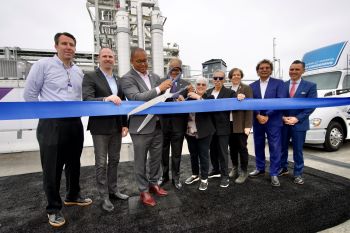
Renewable energy project powers port with hydrogen
View Article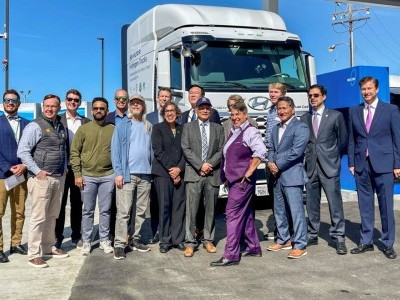
Port of Oakland celebrates hydrogen-powered trucks project
View Article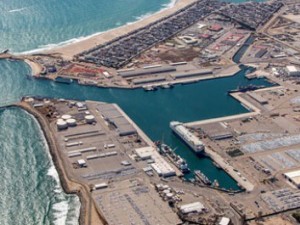
Port of Hueneme signs green automotive shipping corridor agreements
View Article
Whalen joins TRAC as EVP, CLO
View Article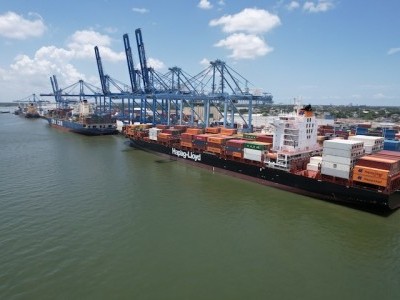
The Port of New Orleans announces record container growth
View ArticleGet the most up-to-date trending news!
SubscribeIndustry updates and weekly newsletter direct to your inbox!
